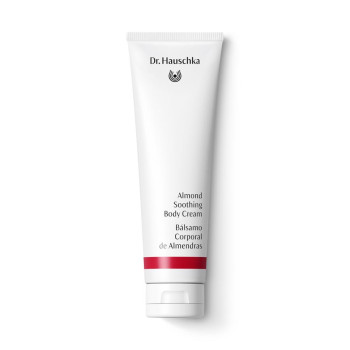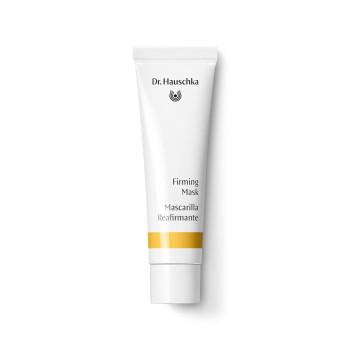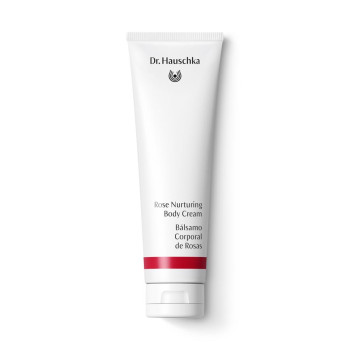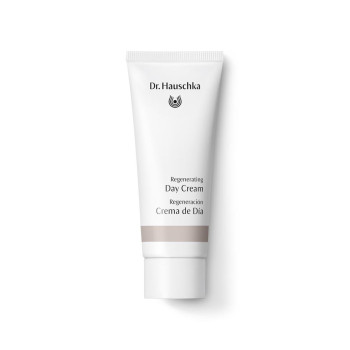
Bitter Orange
Synonyms: Bigarade orange, marmalade orange, Seville orange, sour orange
Scientific Name: Citrus aurantium amara L.
Family: Rutaceae
Habitat
China.
Constituents
Peel: bitter-tasting flavonoid glycosides, flavonoids, essential oil.
Flowers: flavonoids, essential oil, anthranilic acid methyl ester, bitter principles of the limonoid type.
Description
Everyone is familiar with the sweet oranges without which no fruit stand is complete. But probably few people realize that this fruit is a sweet variety of the bitter orange which was already being imported to Italy from China in the 11th century, much earlier than its sweeter sister, which only arrived in Europe in the 15th century.
The evergreen bitter orange tree bears dark-green, leathery leaves and, on its young branches, thin, flexible thorns which can be up to 3 (8 cm) long. The tree can reach a height of up to 26 feet (8 meters). Its white, five-petalled flowers give off an intense fragrance. Unusually, not all flowers have the female pistil (consisting of ovary, style and stigma) as well as the male stamens: some flowers have only male stamens. The fruit of the bitter orange is very similar to the sweet orange, but is smaller with a diameter of only 2.75-3(7-8 cm). The sphere is slightly flattened and the skin is thicker and more dimpled than that of the sweet orange. The fruit flesh tastes sour, while the peel and the skin surrounding the fruit segments have a strong bitter taste. Around the Mediterranean the ripe bitter oranges are harvested in January and February.
Interesting Facts
The word orange evolved from the South-Asian Dravidian naram via the Sanskrit naranga, Farsi nareng meaning 'favored by elephants', Arabic naranj to the Spanish naranja and Old French auranja. In turn, the color orange was named after the fruit. The scientific name aurantium is derived from Latin aurum, meaning gold, and refers to the color of the fruit. The term marmalade which, is used to designate a preserve made of bitter orange, derives from the Portuguese marmalada, meaning a preserve made from quince (marmelo). According to legend, neroli oil was named after the Sicilian princess Nerola. This princess is supposed to have lived in the Italian town of Nerola during the Renaissance in the 17th century and loved the scent of neroli so much that she even had the leather of her gloves perfumed with it. The bitter orange was bred by crossing mandarin oranges (Citrus reticulate) and grapefruit (Citrus maxima). The Arabs brought the plant to the West along the Silk Road and there were already bitter orange groves on Sicily in 1002 AD. The further north the bitter orange trees travelled, the more problematic the climate became for these frost-sensitive plants. In consequence, Baroque princes built orangeries – large greenhouses for different kinds of citrus fruits – in which the bitter orange was also cultivated. After the introduction of the sweet orange, the bitter orange lost some of its appeal and was often used merely as a robust root stock for other citrus fruits, i.e. as a strong stem on to which the branches of other citrus types were grafted. The famous “James Keiller & Son Dundee Orange Marmalade” originated towards the end of the 18th century, and was more or less born of necessity. A Spanish trading ship from Seville was forced to anchor in Dundee in Scotland when a threatening storm prevented it from continuing its journey. This ship was carrying bitter oranges which were no longer quite fresh, so the crew sold them cheaply. The buyer, John Keiller, gave them to his wife Janet (1735-1813), who cut them into small pieces and boiled them with a large quantity of sugar because the raw fruit was inedible. The result was the first orange marmalade, which Janet Keiller sold so successfully in her confectionary shop that in 1797 the Keillers established the world’s first marmalade manufactory in Dundee. They named it after their son, James Keiller. That the bitter orange marmalade is so popular in the British Isles may well be because it stimulates the digestive system and makes the hearty traditional English breakfast of bacon and eggs more digestible.
The plant in our products
The orange blossom water for Dr. Hauschka Lavender Sandalwood Body Moisturizer is obtained from bitter orange flowers grown in certified organic plantations north of Beirut in Lebanon. These plantations belong to the only certified organic distillation plant in Lebanon, the Distillerie Franco-Libanaise. The sensitive flowers are harvested exclusively by women, usually in March. Immediately after harvesting, trucks transport the fragrant blossoms to the distillation plant where the precious neroli oil and the by-product, orange blossom water are obtained by steam distillation. Orange blossom water is contained in:

The costly neroli essential oil also rounds off the fragrance composition of:



